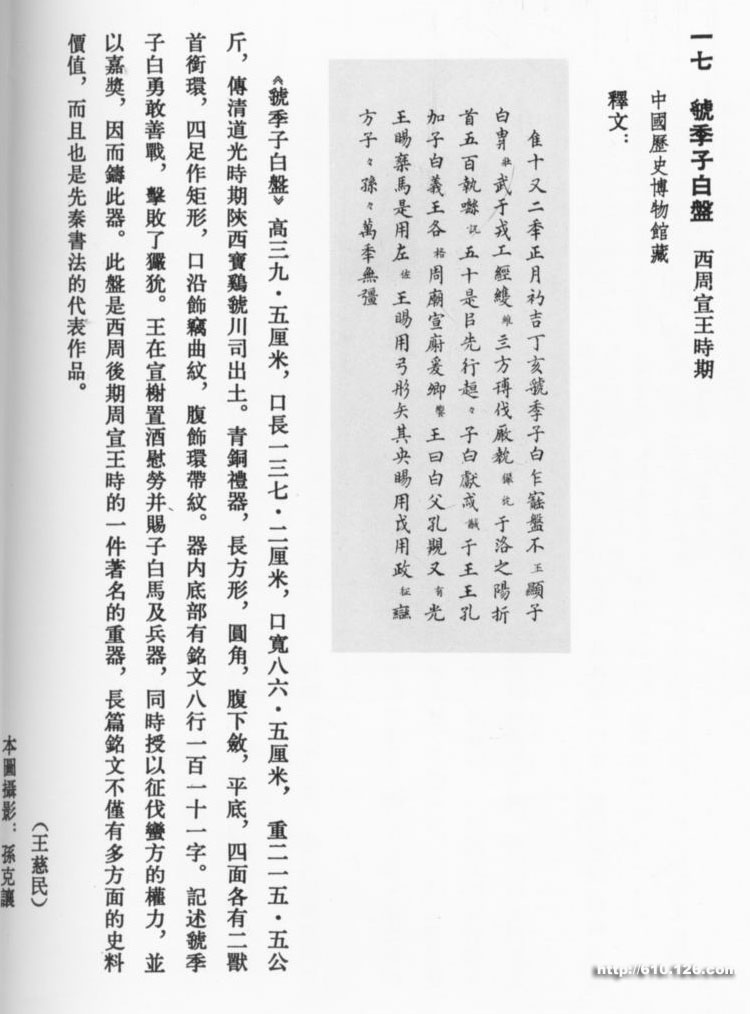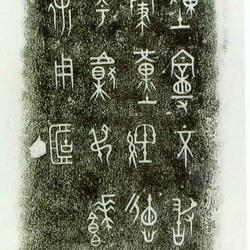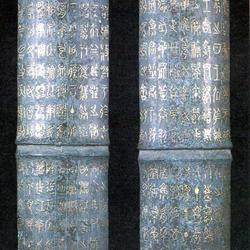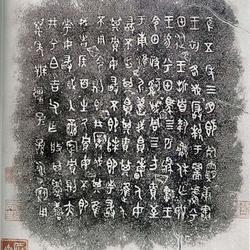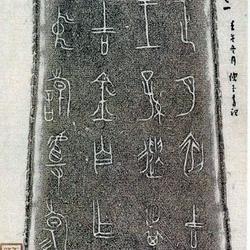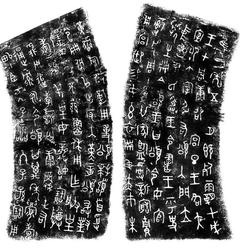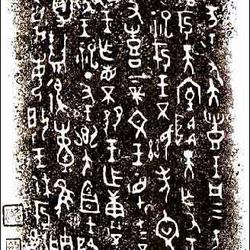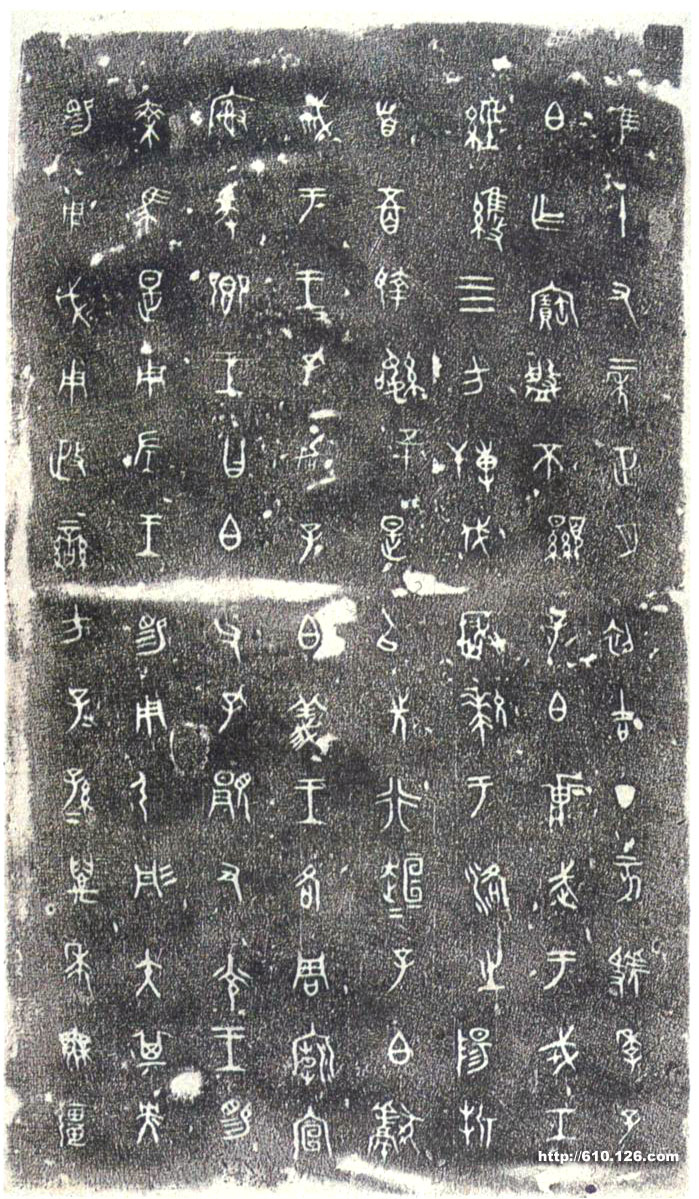
Cast during the reign of King Xuan of the Western Zhou Dynasty (827 BC - 782 BC), 8 lines, 110 characters, collected by the Museum of Chinese History
During the reign of King Xuan of the Western Zhou Dynasty, Zibai of Guo Ji led the "Heavenly Master" to attack the "Rong of Taiyuan". After the victory, he was commended by King Zhou Yi in the Zhou Temple. To commemorate this event, this plate was specially cast. It is said that this piece was unearthed in Guochuansi, Baoji, Shaanxi during the Daoguang period of Panqing Dynasty. It is a famous important weapon of the Western Zhou Dynasty. There is an eight-line inscription on the bottom of Guo Jizi's white plate. The long inscription not only has historical value, but is also a representative work of pre-Qin calligraphy. It has been passed down through generations and was collected by the China History Museum after liberation.
"Guo Jizi White Plate" has a grand shape, exquisite decoration, and a long inscription. It has high literary value and is also an important historical material for studying the politics and military of the late Western Zhou Dynasty. The artistry of the inscription calligraphy is very outstanding. The inscription has large fonts, rigorous structure, round and elegant strokes, harmonious layout, and the straight and dignified style reveals a graceful and unrestrained charm. It has pioneered the "Stone Drum Inscriptions" and "Qin Gong Gui" and is a representative example of the Western Zhou Dynasty bronze inscriptions. A masterpiece of unique calligraphy art.
